As you may have read in my previous post “New Challenges” I quit my job to spend a few months traveling to Southeast Asia. Planning the Trip has been a very tough challenge, therefore I compiled all the points you have to take care of in the following article. Creating a plan to travel should happen months in advance to have room for the budget, renewing documents and making the most of the time.
It is the biggest international trip that I have ever taken and that means I needed a lot of planning for the travel for the first time. At times it could get quite overwhelming thinking about all the organizational stuff that goes into such a trip. For now, I figure that I am settled and have all the biggest tasks checked off my list, so I want to share all the points I had to consider if you plan to travel too.
You might have noticed in the past, that I mentioned that I feel pretty bummed out photographing at the same place for some years now. Travelling and Street Photography are a great combination to break this habit. I recommend you to plan to travel when you seek inspiration and a little change too.
There is no “purer” way to show a country and your first impressions than candid Street Photography. Getting close to local culture, exploring the inner depth, instead of following touristic paths and staying at the hotel. Plan your trip wisely to get to experience the country from the most interesting point of views.
I am not only hoping to have a great trip with stories to tell afterward but to experience Street Photography from a very new perspective. Refreshing my mind and refueling my inspiration are also reasons why I organized this trip.
In case you feel uninspired lately too, planning a trip might help you too. It doesn’t have to be the end of the world, a short trip over the weekend could already be your answer. How you plan to travel is up to you, following are a few points you should have mind when organizing your vacation as a photographer.
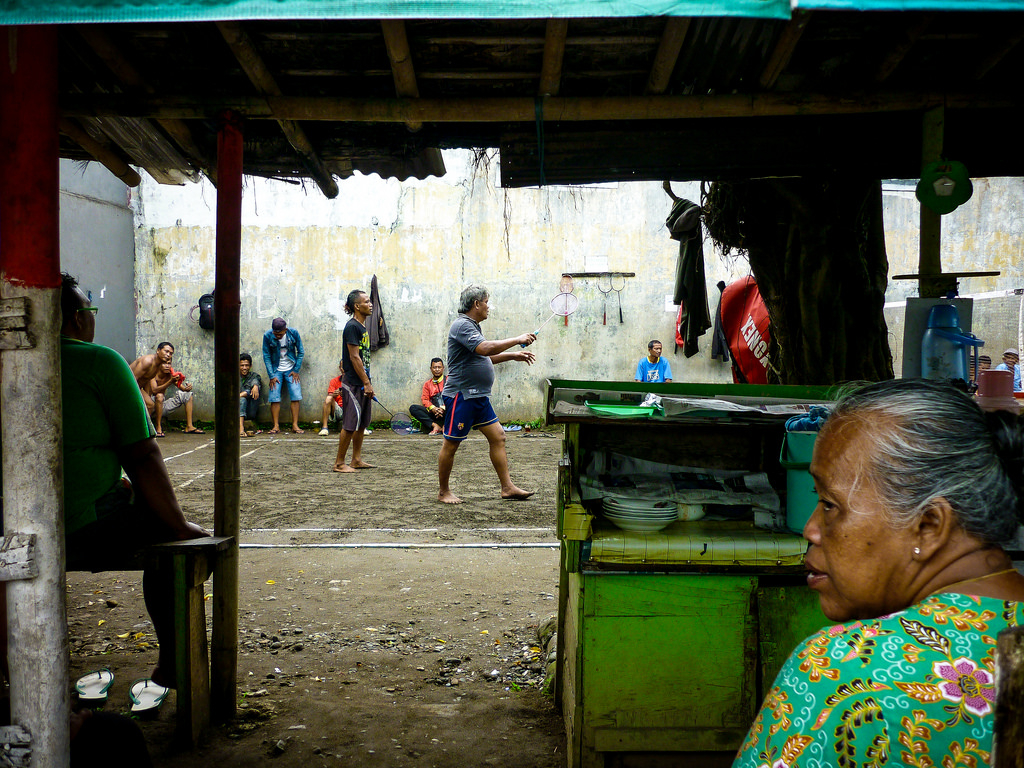
Destinations
For my travel plans, there didn’t go much thought into it other than that it should be warm and interesting to photograph.
The climate condition ruled the upper hemisphere out, so I was left with South America, Africa, and Southeast Asia/Oceania as possible destinations for my upcoming travel.
South America sounded interesting and learning a bit of Spanish can always come in handy in the future. Although South America is a very interesting place I didn’t find a particular project that I could photograph for a long time and chose against a round-trip through some countries. Though it is definitely on my to-do list to travel there sometime in the future I planned without it this time.

For Africa, I have to admit that I feel too inexperienced for such a challenge, at least when I want to explore more of the rural areas away from the metropolis too. The lack of infrastructure and security concerns when traveling alone made me rule out Africa too. Creating a plan to travel to Africa seems to be too challenging without much experience.
Southeast Asia was my favorite from the start. Though no “secret” I only heard good about the region and especially the places that I will visit. Vietnam, Indonesia & Thailand will be the destinations of my choice.
Vietnam has a very active Street Photography scene and I saw a lot of great images, both from Hanoi & Ho-Chi-Min City.
Have a look at the portfolio of Chu Viet Ha:
Portfolio
Indonesia struck me because of a project that I want to complete there. The details will remain secret for now to keep my focus on photography, but there are a lot of stories to be told apart from the typical tourist places. When planning your trip, keep those little projects in mind that you could tackle as a photographer. Maybe a country has something special that is very appealing to you as a Street Photographer?
Thailand as the conclusion of my trip is the place to relax before coming back to the daily grind. These three countries are part of my plan to travel Southeast Asia for now.
When searching for suitable places, make sure to think about the different climate. Depending on the time & place, the seasons might be completely opposite to your current location. Then there could be the distinction between monsoon season and dry period. If you want to relax in the sun, the dry period might be more suitable for you, though this is the main touristic period which influences prices & atmosphere.
Money is always a factor to account for. Research how high the cost of living is to make sure to save enough for your trip. What others are spending for a 3 week through Japan, I probably spend in my 3 months in Southeast Asia.
Also, take into account the holidays, festivals & timezones when planning the arrival or leaving date. I can only imagine that things could become quite chaotic and stressful when trying to get through the city while some major events are going on, or arriving in the night and having no clue where to go at first.
Other than those basic guidelines, the world has become very close. Almost no place is out of your reach, which means that there are almost no limitations other than your personal preferences when it comes to picking your destinations while planning to travel.

Street Photography when you Plan to Travel
Traveling for me is all about soaking up new experiences and impressions of different cultures and locations. Photography is a big part of this endeavor and an integral part of my travel plans to travel alone.
Although you might have heard about “Travel Photography” as a genre on its own, I believe there is nothing better than Street Photography to present those new impressions.
Street Photography is all about candid moments and when visiting other places I am interested in those genuine interactions the most. I am not interested in letting the locals pose in front of my camera for a portrait shoot. This approach wouldn’t show the true character and atmosphere of the places I want to visit but instead create some artificial environment.
I also see a lot of questions like “what is the best lens for place xx”, “which camera would you use for location yy” etc.
If you are experienced in Street Photography there is no need for worries about lenses & cameras. What works in your hometown also works for the places you are traveling to.
A short prime lens is also versatile enough to do some landscape work for example and part of my plan to travel Southeast Asia, as well as a small camera for hiking.
The baseline of photography is always the same, it doesn’t change with distance. It is about your vision and capturing your experiences and the gear that you usually use is also fit for some distant location.
In addition, you already are familiar with the gear and don’t need to adjust to new equipment leaving you more room to enjoy the travel destination. Don’t plan to buy complicated new equipment for your travel that you have to get used to again like cameras or lenses.

Budgeting
Money is always a big factor you have to plan for. Without going too much into detail and numbers, I just want to share that my budget is very tight and most points that I am talking about have this in mind when I plan to travel to Southeast Asia.
What I find important is to make a list with all possible cost as early on in your plan to travel as possible.
Those could cover the accommodation and flight costs obviously, but also any new equipment you need for your trip & costs of living.
Having a budget that is written down in an excel spreadsheet gives you a clear focus when it comes to your current spendings. I found it a lot easier to not go for some stupid impulse purchase when it meant that I had to shorten my trip or work a month longer.
Saving up for a trip might not be the most fun part in your plan to travel, but when you visualize your goal, it will be worth and much easier to endure some time on a tighter budget.
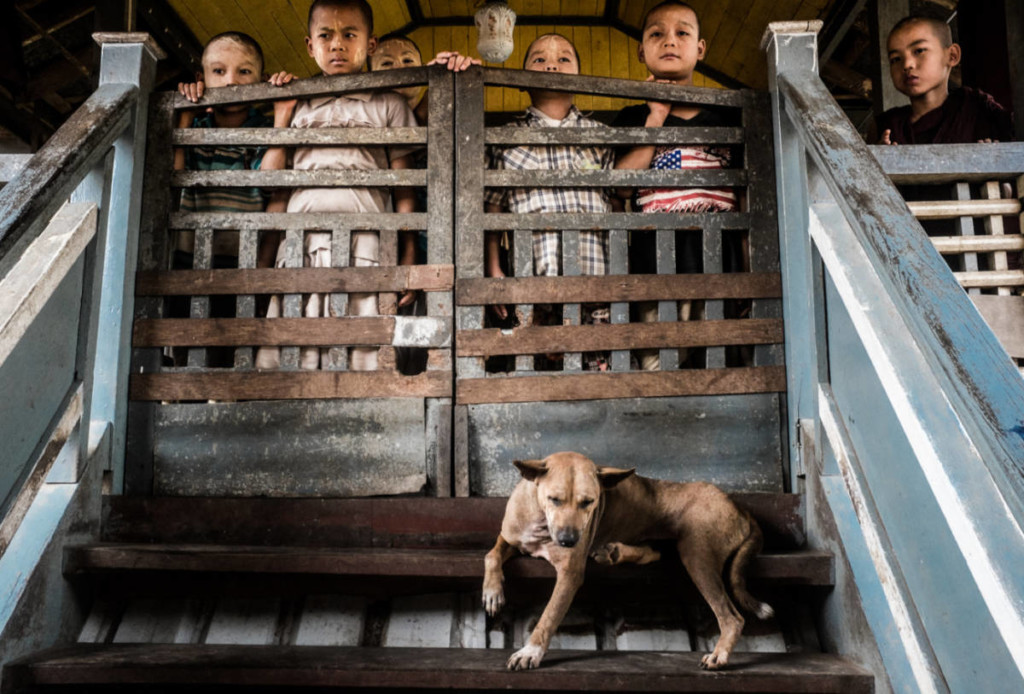
Accommodation
When planning a trip that includes multiple locations and is longer than a week, different options for accommodations open up for you. Depending on your budget, requirements & flexibility, different accommodations can be part of your plan to travel.
Hotels
Of course, the easiest way would be to just book a hotel at your destination. This isn’t my favorite because it is simply too expensive and also has a few disadvantages for me. One would be that the room & space is very limited. Not to say that I am going to plan to stay a lot indoors, but that will also be the place where I write for the blog or edit my photographs. Living in a cramped room for months can have a negative effect on your work productivity and not be the best experience. In addition, hotels are usually more expensive than the other options I want to present. Hotels have been just a backup plan in case no alternative would be given.
AirBnB
My favorite for traveling is searching for hosts on AirBnB. Advantages are that I am living in a normal flat, with enough room where I can work from, my own kitchen and live closer to locals. Hotels are often centered in touristic areas, which I am not looking for in my plan to travel. I want to experience the countries I want to visit from the inside. Booking a flat, for example on AirBnB gives me the best experience and is a lot cheaper. There are often discounts when you book a flat for a whole month which can help to reduce the overall costs. The only things I was interested in was that the flat is actually in the city and not in a suburb, provides WiFi, the host is reputable and speaks English. Another advantage is that you already have a contact person at hand that will help you out if any questions arise and from my experience, most are more than kind to give you advice for your trip and helps you out.
Housesitting
Another option that I haven’t tried yet is Housesitting. You will only pay a small fee or even have the chance to earn some money while staying at a stranger’s house for some time. Usually, there are some guidelines and tasks for you during your stay, like watering the plants or feeding the pets, but mostly your job is to make the house look populated while the owners are away. Housesitting requires an even more thorough planning and is not available everywhere, which is the reason I didn’t took it into consideration for my plan to travel. If you are free in your choice of destination housesitting could earn you some money while traveling. Doesn’t sound too bad right?
Couchsurfing
Then there is also Couchsurfing, which might suit you if you are backpacking and very flexible in your plans. I prefer some privacy for my long-term stays but cost-wise Couchsurfing might be worth for you.
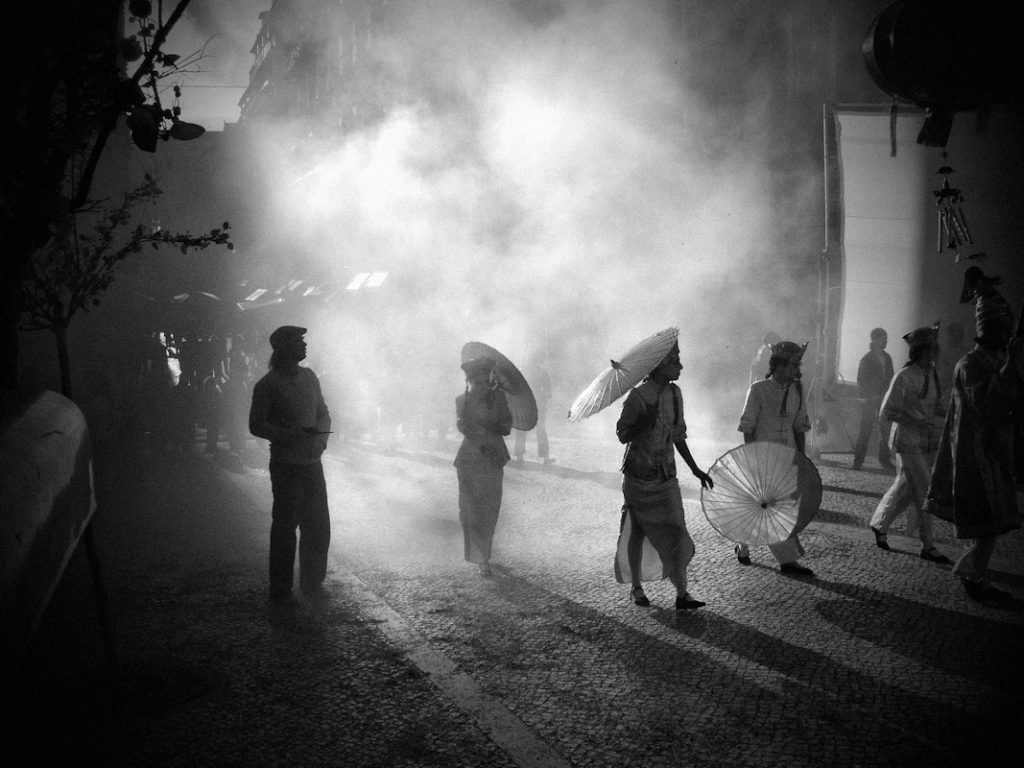
Transportation
Finding yourself in a foreign city without any clear orientation where you have to go can be quite scary. Coming from Berlin myself, I know my fair share of bad public transportation and timetables as a loose interpretation.
Nonetheless, the public transportation can be a viable option for you. Most cities offer “all-inclusive” tickets for a day or a week which you might find useful to explore the city. Also, you should check if they have an official app that gives you information about the shortest connections.
The easiest way to move in a new area might be by car in your view. While it is possible, I wouldn’t recommend a car at least when you are planning to visit metropolis regions, as there is probably no bigger city without traffic jams. Using alternatives is usually faster and cheaper.
If you decide to rent a car yourself, you need at least an international driver license. Keep in mind that the license has to be valid for the entirety of your trip.
An alternative could be renting a cab to go from the airport to your hotel for example. This is probably the most comfortable way of traveling, but also the most expensive one. Local cabs at the airport aren’t exactly known for their fair price management.
In recent years an alternative to cabs in the form of Uber has risen in popularity. Uber as a service is not only active in North America but has expanded worldwide. For example, it is available in Jakarta or Bali in Indonesia and you can check if it is also available at your chosen destination. The advantage is that it is more transparent in terms of price policy and easily available through their app.
Then there might also be local alternatives to Uber-like Go-Jek in Indonesia which focuses on motor rides as a means of transportation.

Health Concerns
Changing the environment can be a tough challenge to our body. Falling ill while traveling is one of the worst timings to get sick. You spent a lot for the accommodation and the flight, trying to use every day to the fullest, but have to stay in bed because you aren’t accustomed to local food?
To save you from this bad luck you can take some precautions and follow basic guidelines to avoid such a disaster.
First, you should follow sanitation standards more strictly. Wash your hands before every meal, use disinfection tissues and in general be more careful. You might get away at home without following routines that rigorously. When traveling, your immune system faces a lot of new challenges, even if your room appears to be clean, disinfect critical places in the kitchen and bathroom. It is better to be safe than sorry.
Another rule to follow strictly is to not drink any uncooked water, even if it is deemed as safe. Locals are accustomed to the water quality and are able to tolerate it. Your immune system isn’t, which could get you in trouble.
Same goes for street food and restaurants. Salads, fruits, and other dishes look delicious but are a risk in terms of health. Better rely on cooked food instead.
In terms of medication, I would only bring some emergency drugs with me. Some medicine from your home might not be effective against your illness while at a foreign destination. Local medicine is usually more suitable to combat local diseases.
Weeks before your flight you should also consult your doctor and ask which vaccinations he would recommend for the area you are traveling in. Again, better safe than sorry – protect yourself from diseases like Hepatitis, Typhus or Cholera.
These are diseases you might not have heard before, because in most developed countries luckily they vanished for most parts. Nonetheless, they can be a real problem in some underdeveloped countries.
If you have forgotten to prepare the vaccinations weeks in advance, there are also options for immediate protection. Even on the same day you can receive the shot and be safe for the travel in some cases.
Another important point is the health insurance. Your current health insurance most likely doesn’t cover overseas countries. Therefore you need a separate travel health insurance that covers any cost of treatment or even an emergency transportation back home.
In most foreign countries you need to pay in advance to receive treatment, without a sufficient travel health insurance, you might find yourself in a real pickle. There are other cost factors that I would save some money other than the travel health insurance.
Additionally, I also bought a mosquito net, since mosquitos transmit a lot of diseases you can not protect yourself otherwise. The zika virus and dengue fever for example are real dangers. A mosquito net & long clothes or a mosquito spray should help you protect from those risks.
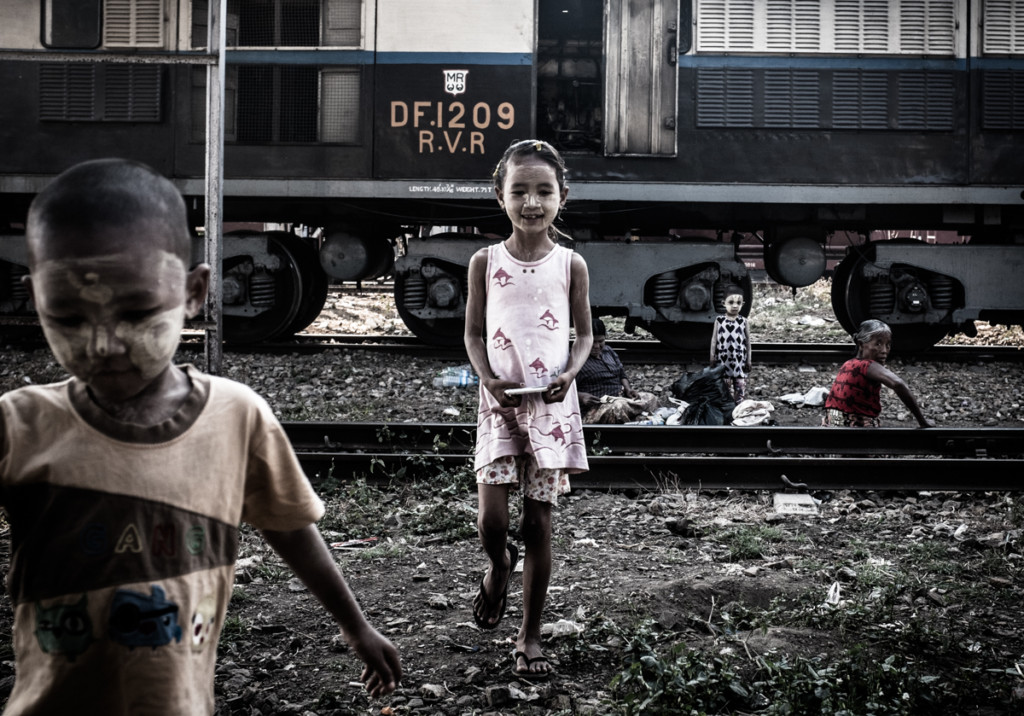
Safety Issues
When discussing your plans to travel abroad you probably heard complains about high crime rates or other safety issues from your family.
Funnily enough, I hear the same thing from strangers when I tell them that I am from Berlin. That there are life-threatening areas and they fear to get robbed at every corner. Not to downplay those concerns, but at least for myself, I can say, that I have never faced such a critical situation, although the perceived crime rates are through the roof. In reality, crime rates have been constantly declining, yet the media sells horror stories of outline incidents.
Nevertheless, it can not be wrong to take some precautions. Your expensive watch might be worth someones yearly salary, the Smartphone could feed someone’s family for a few months etc.
You might not be aware how much your equipment or electronics are worth because they are common items in your home country, but to someone else, they are luxury goods. The question is, do you really need those luxury goods while traveling?
Therefore I wouldn’t wear the most expensive jewelry, or camera with me. You don’t need the most expensive equipment anyway.
Also be aware not to casually wear your backpack around the shoulder, which can be swept easily from a rider on a motorcycle. Also, don’t leave any valuables in your hotel room, I wouldn’t even trust the safe as the employees most likely have keys anyway.
Have copies of your legal documents, “diversify” your safety net, in case your backpack or wallet gets stolen.
Other than that, cities in Southeast Asia aren’t more dangerous than big cities in North America or Europe. Risks can be everywhere, respect local culture, maybe tag along with local friends at your first night out and apply common sense.

Equipment
As a Street Photographer, I want to be as mobile as possible while wandering through the city. My plan is to travel light, without too much junk that I wouldn’t use anyway but keep just for the sake of it.
Think about what really is necessary for your everyday life. It shouldn’t be much apart from clothes and some hygiene products.
The only thing I found important was that my photography backpack is suitable as hand luggage since I don’t want to leave the equipment in the hands of the airline.
For the photography part, I will present a more extensive “what’s in my bag” in a follow-up article. When you plan to travel for the first time, there are a lot of gadgets and devices that can make your life easier.
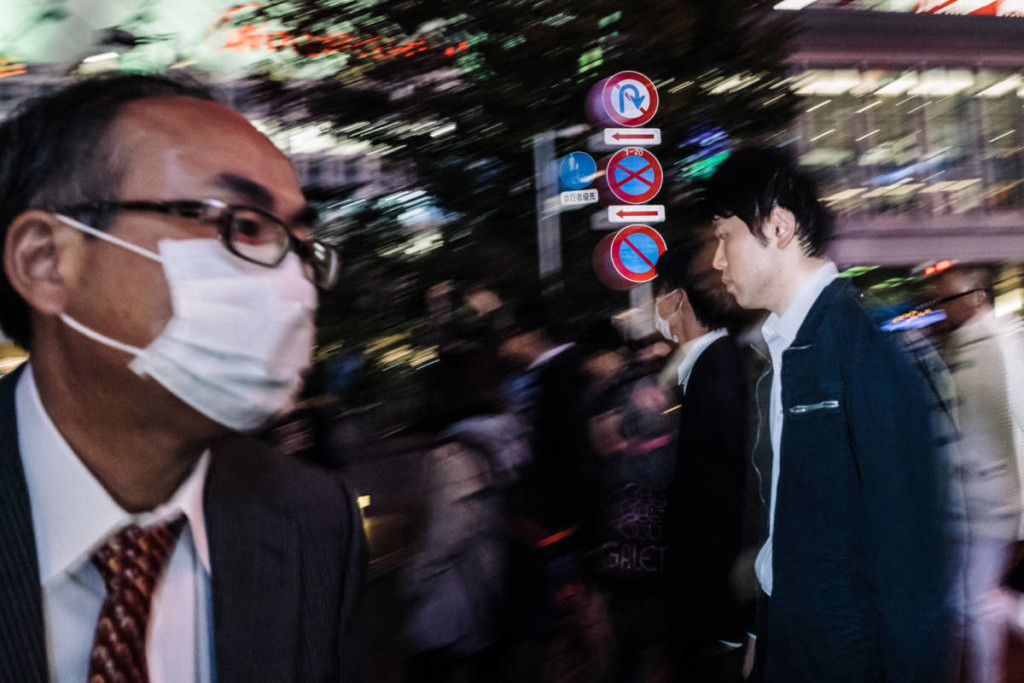
Bureaucracy & Documents
If filing taxes is enjoyable for you then the following part is exactly for you. For everyone else, the next topics are still important, though they are a real hassle.
First of all, you should make sure that all your documents are valid, even beyond your return date.
This includes your passport, ID, health insurance card, credit cards & driver’s license.
When planning a trip, making sure that these documents are valid should be your first concern. Public authorities aren’t exactly known for their fast work ethic. To keep yourself from some last-minute hassle, take care of these documents weeks or months in advance. Otherwise, you can also use express services, but those are usually very expensive.
As already mentioned before, you should also keep copies of these cards. At best separated from your luggage that can be stolen. You can also photograph these documents and store them online to have digital copies.
Within the EU we have the luxury that we don’t need any VISA or passports in the “Schengen area”. For my plan to travel to Southeast Asia those are needed and should be applied for or requested at the arrival airport.
There are different options for VISAs available, although they vary depending on the country you are traveling to and your nationality.
Embassy
The easiest way if you plan your travel is applying at the embassy for a tourist VISA. Those are usually a formality if you don’t stay for longer than a month, though extensions may be possible.
VISA on Arrival
Another form of VISA that is very popular is the VISA on Arrival. In this instance, you can apply while arriving for a valid VISA without any preparation. The only prerequisite is that you can show your departure flight ticket.
Keep in mind though that VISA on Arrival is defined differently in some countries. For example in Vietnam, you need a letter of recommendation which you have to apply for before you are granted the VISA.
VISA-Runs
So-called “Visa-runs” are also more and more limited. I wouldn’t rely on exiting and re-entering a country to extend your initial visa anymore.
The VISA on Arrival comes with a small fee of around 25$ in most cases and you need your departure flight ticket.
In the unlikely event that every identification document will be stolen, your home country’s embassy is able to verify your identity and provide temporary papers.
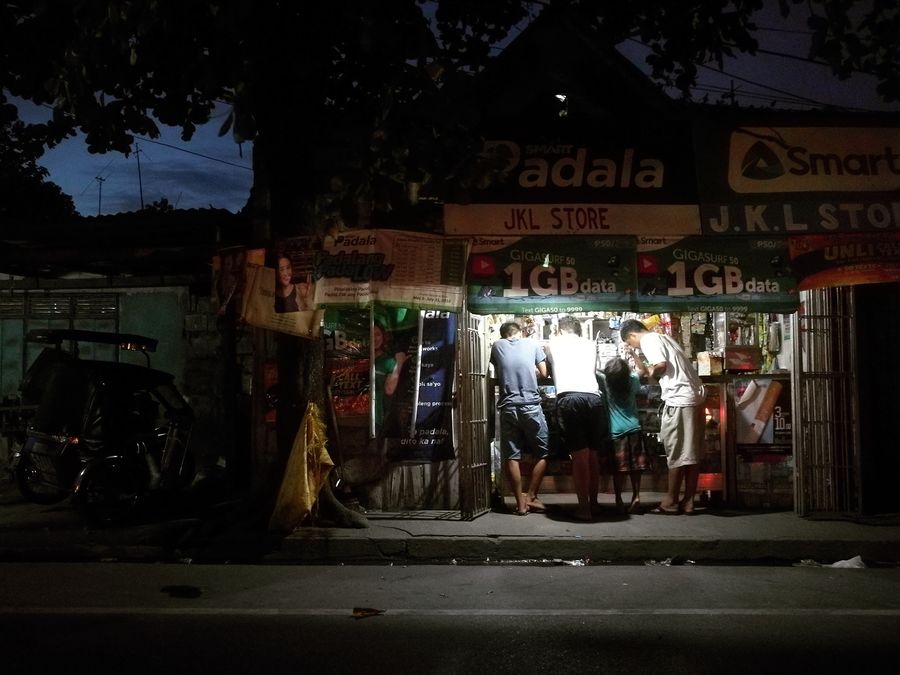
Have Fun
Last but not least, the most important aspect is to enjoy the vacation and soak up the experience. Not everything will go as planned, that is part of the journey. You will have to improvise and adjust your plans, but that is part of the adventure. There is no “right” way to plan a trip, in the end, you have to make your own research and make decisions according to your travel goals.
Make sure to have all the legal documents your accommodation, flight tickets and you are ready to go.
Grow as a person and learn from the mistakes you made. Get to know new people, cultures, and countries. Explore the local cuisine and paths away from the touristic centers.
Broaden your horizon and come home with stories to tell and beautiful photographs. Hopefully, this guide can help you in your plan to travel and helps you organize the trip.
If you are searching for the opposite and want to travel to Europe – Traveluserguide.com has more information for you.





















